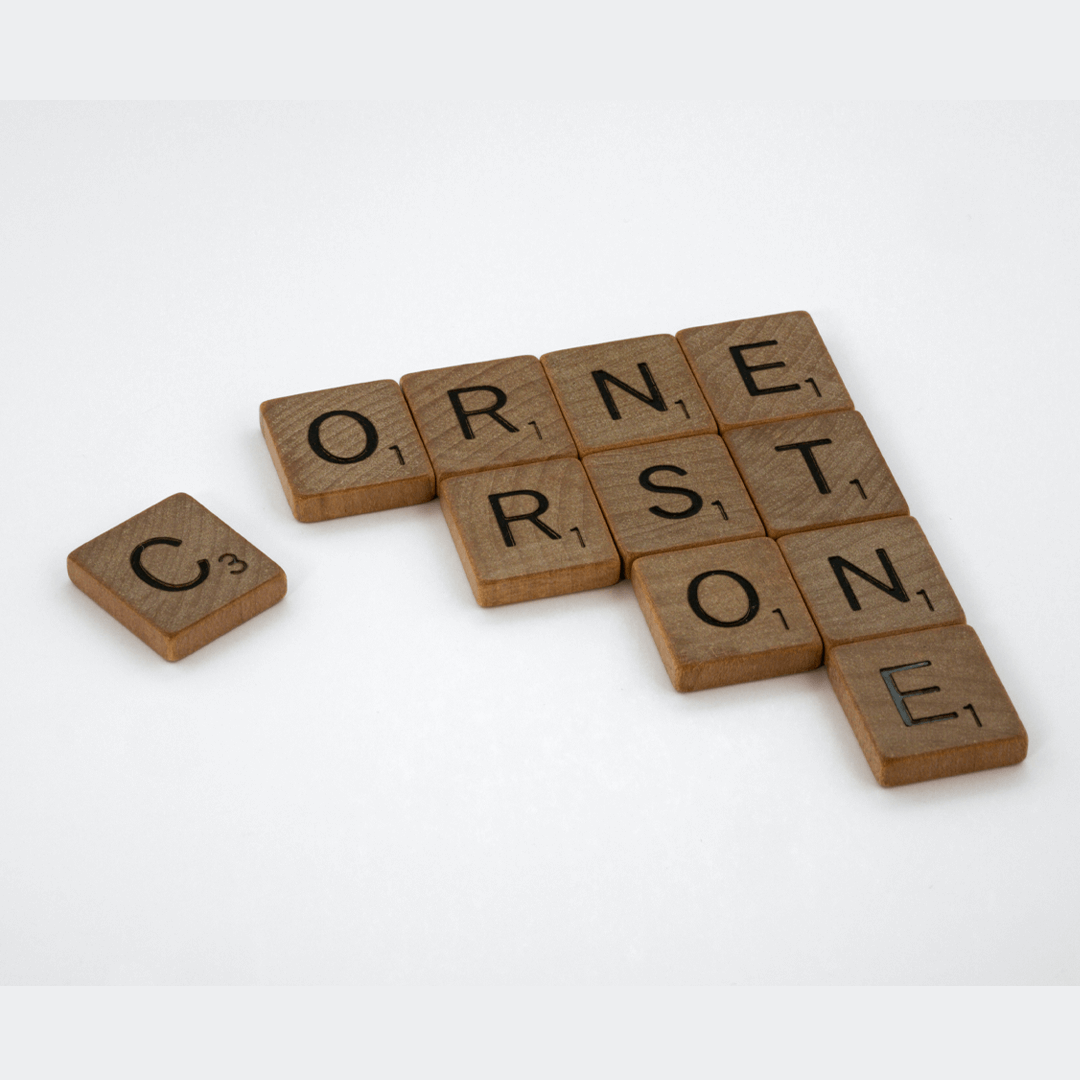The four cornerstones in business are never going to change. Rather, they are just going to get more attention as businesses continue to mature and grow.
Read MoreThe E Gap
The “e gaps” in business are simply defined as this:
What the guest expected vs what they actually experienced.
For example, if a guest expected an appointment at 3:00 but you didn’t take them in the back of the house until 3:20, that’s an “e gap”.
A few things on this opening example:
- How do you recover?
- How do you apologize in a positive way for the guest not to feel a breach of service?
- How many “e gaps” is your salon experiencing on a daily basis?
If we have a front desk team or a staff that is constantly apologizing, that isn’t enough. We need to make corrections to eliminate the “I’m sorrys” in business.
What we want this to be is effectively a guide to determining what your “e gaps” are.
It all begins with the customers perception, not ours. One great example is from the Ritz Carlton: there’s no elegant way to apologize for poor service or poor performance.
So, we have to catch it when we hear it. We hear it when we hear, “I’m sorry”.
More posts
Holiday Display Setup
Holiday is great time to be creative despite the few that say that they don’t have the time because the season is so busy. Take an area that is usually...
Read MoreThe Playbook
We consistently emphasize the influential role of numbers in shaping behavior, not only for service providers but also for leadership. Leadership is tasked with two primary responsibilities: celebrating successes and...
Read More


